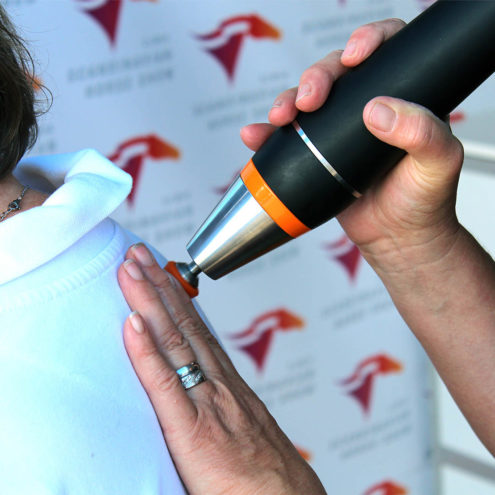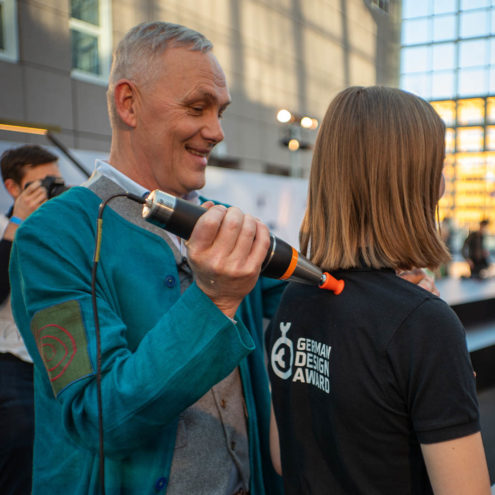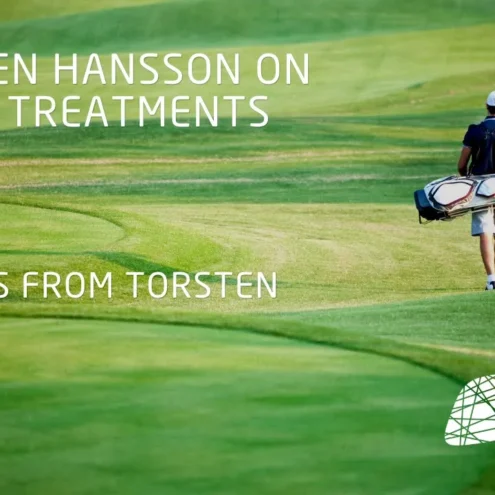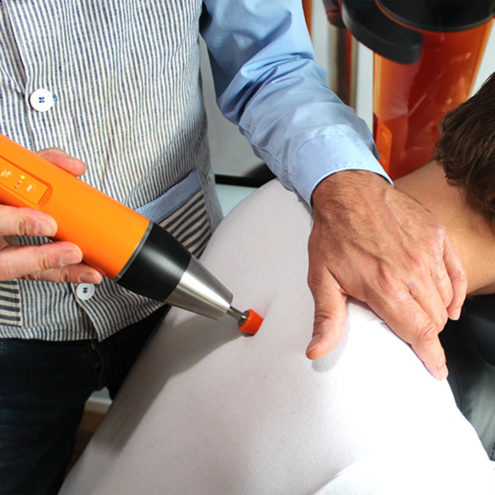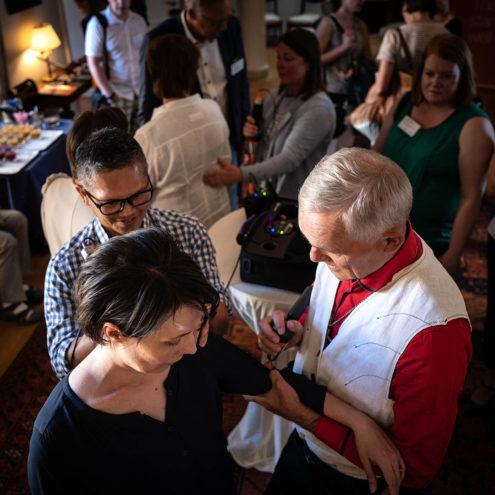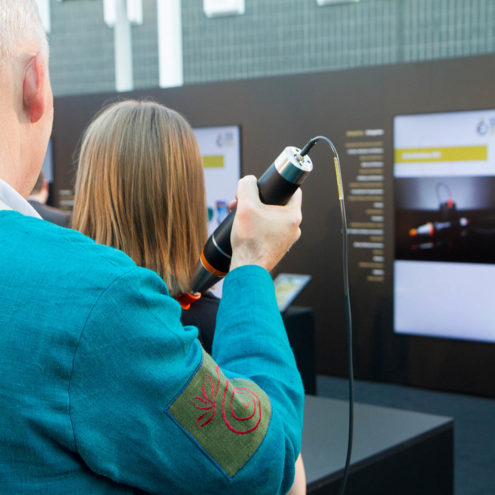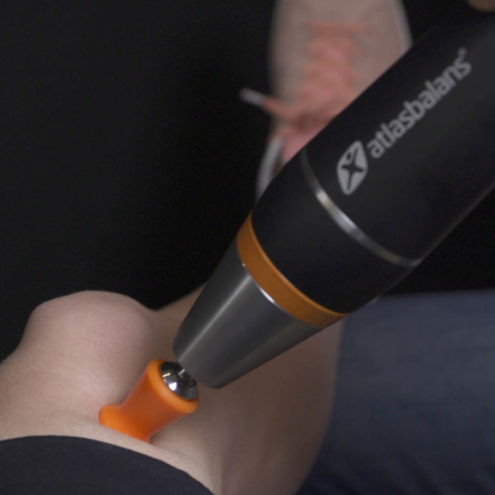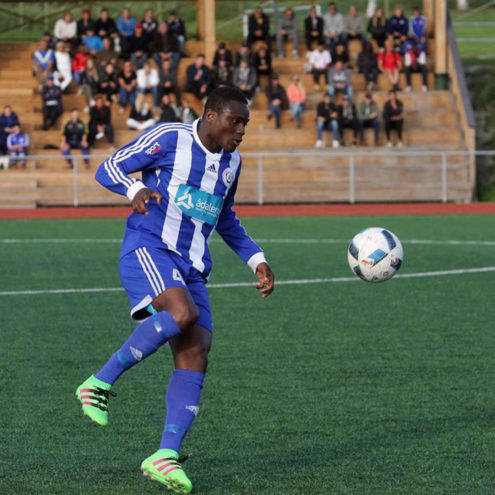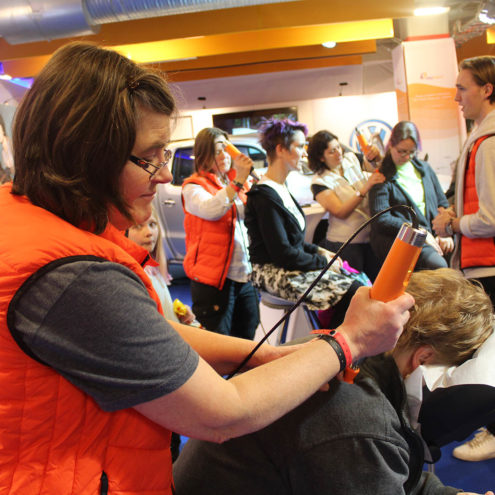Common floorball injuries – Prevention and treatment
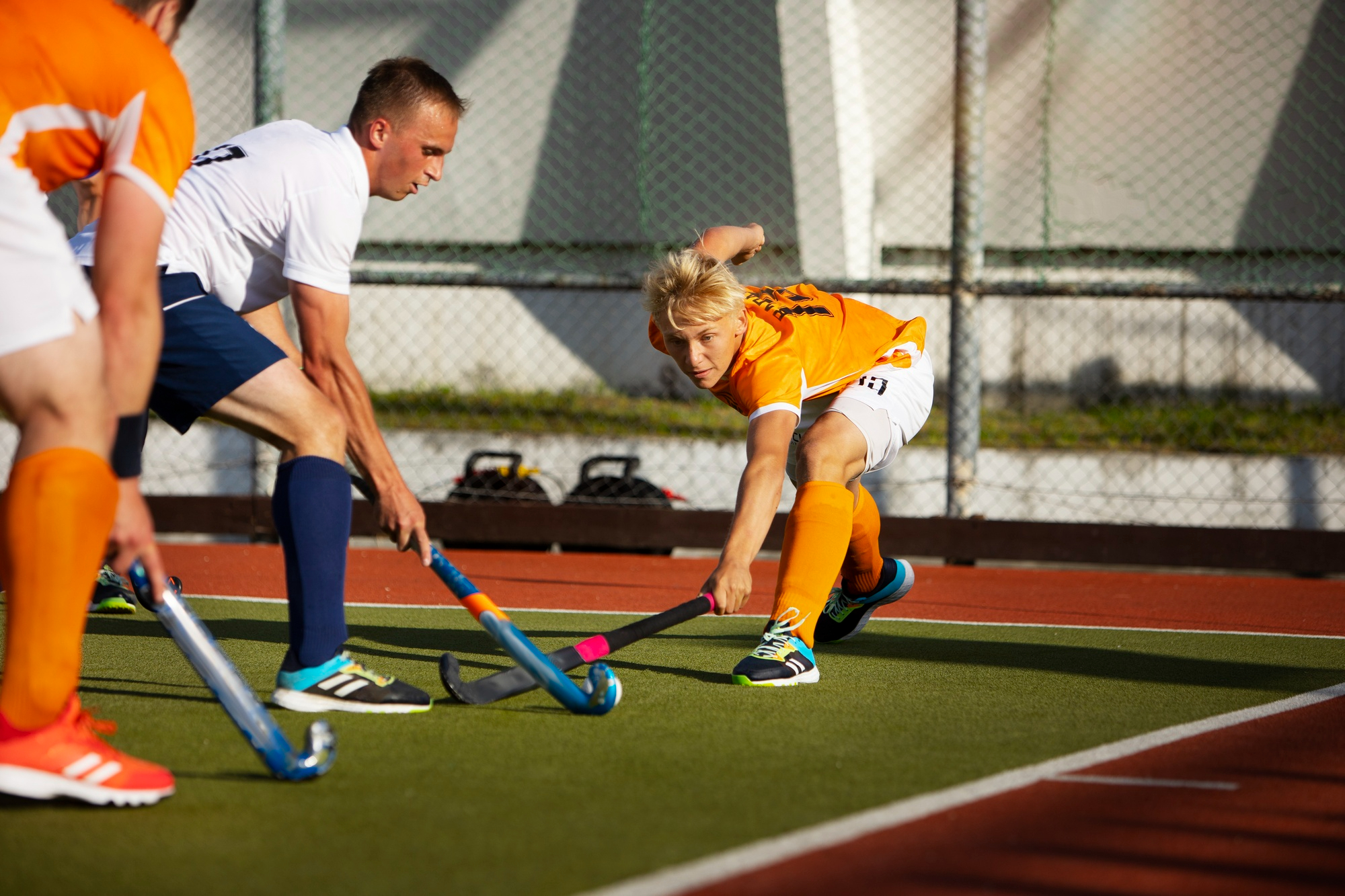
Floorball is a popular sport and is the third largest team sport in Sweden. Like many other team sports, floorball is physically demanding, with fast, high-tempo movements while keeping track of the ball. As with many other sports, there is a risk of injury in floorball. Knowing the most common injuries and how the fascia and other anatomical structures are affected and adapted is incredibly important to optimize your floorball game.
Common types of injuries in floorball
Knee injuries: Explosive sprints, quick turns and external force from other players can injure the knee joint in floorball. Structures often affected are the anterior cruciate ligament (ACL), the medial collateral ligament (MCL) and the medial meniscus.
Ankle sprains: Quick turns in floorball cause the ligaments on the outside of the ankle to stretch. Poor foot placement can lead to severe ankle sprains where the ligaments overstretch or break.
Muscle ruptures: Muscle ruptures in floorball often affect the hamstrings and calves, but other muscles on the leg are also prone to injury. Ruptures can be partial or total. Ruptures can be caused by heavy braking that requires eccentric contraction. The tissue needs to counteract high forces that stretch in the presence of active muscle work.
Thigh cupping/thigh contusion: Thigh cupping is common in contact sports such as floorball. The thigh muscles, especially the quadriceps, are subjected to external force causing muscle rupture with subsequent internal bleeding.
Knee injuries (ACL and meniscus injuries)
Floorball requires fast sprints and high-speed turns. Structures in the knee that are often injured are the anterior cruciate ligament (ACL), the medial collateral ligament (MCL) and the medial meniscus.
The anterior cruciate ligament (ACL) of the knee joint is the most commonly injured ligament, especially in women. The typical course of an ACL injury is that a hyperextended (fully extended) knee, with the foot fixed to the ground, is subjected to a violent twist. The injury may be caused by the player’s own negligence in twisting the knee joint or by external force from another player, such as a blow with a stick. The sudden inward rotation of the knee joint takes it outside its normal range of motion. Due to the design of the joint surfaces, inward rotation of the knee can normally only occur in a flexed position. In an extended knee, the femur is “locked” to the tibia. The mechanism of injury to the menisci and internal collateral ligaments is usually very similar to that in ACL injuries where a violent twisting of the knee joint occurs.
Symptoms of ligament and meniscus injuries: Sudden pain and swelling in the knee at the time of injury. You may hear a popping sound or experience a twisting sensation in the knee. It may be difficult to extend the knee. You may experience a sharp pain when squatting or twisting your knee. It is common to experience pain on touch and pain with mechanical symptoms such as locking and popping. There is often a feeling of weakness and bending of the knee.
Ankle injuries and sprains
Ankle injuries are one of the most common injuries in floorball. Ankle sprains occur during quick turns where the ligaments are stretched on the outside of the ankle. Poor foot placement can lead to the ankle being overstretched for a short time and outside the normal range of motion, without the head of the joint moving out of the socket. This causes overstretching of the ligaments, resulting in damage or, in the worst case, rupture. People who suffer ankle injuries have often had a similar injury before.
Symptoms: Pain, swelling and stiffness of the ankle with increased heat. It may be difficult to put weight on the foot. In severe sprains, bruising may occur at the site of injury.
Muscle ruptures
In the case of a muscle rupture, it is often the connection between muscle and tendon, known as the myotendinous junction, that is affected. These areas play a key role by being the structure where the muscle fibers and their endomysium interact with the tendon. This area is the most fragile part of a muscle as the collagen there is not very resistant. In floorball, rupture of a muscle in the hamstrings is most common, but injuries to the adductors and quadriceps also occur. A common cause of hamstring injuries is heavy braking that requires eccentric contraction. The tissue needs to counteract high forces that stretch in the presence of active muscle work.
Symptoms of muscle rupture: At the time of injury, you may experience a “popping” sensation in the muscle. A snapping sound may also be experienced. There is a strong pain at the junction of the muscle and tendon. The area is red and swollen and bruising may occur. The affected muscle may be perceived as weaker with reduced mobility.
Femoral cake/thigh contusion
External trauma to the thigh can cause muscle rupture with subsequent bleeding. If bleeding occurs in a muscle fiber bundle, known as intramuscular bleeding, the blood remains in the muscle and increases its internal pressure. If the bleeding occurs between two muscle fiber bundles, known as intermuscular bleeding, the body can deal with the blood more easily. Due to gravity, the blood usually spreads downwards. An intramuscular bleed is more painful and takes longer to heal than an intermuscular bleed.
Symptoms of thigh/thigh contusion: The area of injury becomes swollen, warm and painful. Bruising of the skin also occurs. The leg becomes less mobile and it may hurt to put weight on it.
Causes and risk factors of floorball injuries
Optimizing one’s floorball game involves increasing training load and reducing rest periods, which drives a process of physiological adaptations associated with progressive and steady changes in muscles, muscle fascia and tendons.
After an area has been exposed to frequent high-intensity loading, in addition to mechanical adaptation, there is also a sustained low-grade inflammatory reaction in the fascia. Such micro-inflammations increase collagen synthesis and decrease the viscoelasticity of the fascia. Reduced viscoelasticity makes our body movements stiffer. In floorball, where the whole body works together, reduced local elasticity can lead to other structures having to work harder and risking overstretching. Reduced local elasticity also hinders the body’s ability to absorb forces, such as during tackles and hits, which in turn also increases the risk of injury.
Prevention of floorball injuries
There are several methods to prevent various floorball injuries. Many advocate stretching stiff muscles in the back and legs.
Another method to prevent overloading and injuries in floorball is to use kinesiology/elastic tape before training and games to stabilize joints and relieve muscles and tendons. Using the correct protective equipment during games is also an important part of injury prevention.
Proper warm-up such as running at varying intensities increases metabolic activity, increases body temperature and optimizes neuromuscular control improving movement and balance.
Another important method to prepare the body for the stereotypical movements of tennis is via dynamic stretches taking into account the myofascia (muscle fascia). Also, performing movement patterns inherent to floorball, with progressive increase in complexity and intensity prepares the body. There can be sudden changes of direction, phases of acceleration and deceleration, both with or without the stick.
After a match, the body’s recovery needs to be taken into account. It is important to replenish fluids and energy so that the body gets the right building blocks and rest after matches and training.
Promoting circulation can optimize one’s physiological and metabolic status. It can be low-intensity aerobic activities that are not specific to floorball, such as cycling where the joints are not exposed to such high pressure.
Treatment of common floorball injuries
Treatment methods for floorball injuries are often based on the structure that has been affected, such as muscle, ligament, tendon or bone. Common treatment methods can include shorter rest periods, light stretching and soft tissue therapy for minor injuries. Sometimes over-the-counter painkillers can be used. For more serious injuries, immobilization via orthoses or casts may be required. Sometimes physiotherapy may be required where the player follows a specially adapted program for the particular injury diagnosed. Physiotherapy allows the player to return to play in the best possible way without the risk of further injury, but also prevents the old injury from recurring. Surgery may also be needed to repair severe injuries followed by a longer period of physiotherapy. If the pain is too severe, a doctor may prescribe stronger painkillers.
Rehabilitation and return to play
An important aspect of rehabilitation is to consider how the body’s musculoskeletal system adapts to floorball. Injuries are clinically diagnosed with associated therapies that traditionally focus on muscle, tendon or bone. Rehabilitation and return to play often involves training programs based on progressive loading that is adapted to individual requirements. This can include various forms of eccentric training, core training, dynamic stabilization and muscle activation. Sports science researchers argue that rehabilitation needs to be optimized as high impact training is required to optimize sports performance. Although there is little data on how the fascia affects the return to activity, a treatment is proposed that focuses on providing specific stimuli to the connective tissue that could speed up recovery.
One suggestion is to use manual techniques in rehabilitation to stimulate the muscle to return from a high tension position to a lower one. In the case of injuries, it is also important to consider the effect of arthrofibrosis (excessive scar tissue) if you choose to immobilize and protect the injury.
How our specialist team at Fascia Clinics can help you
At Fascia Clinics, we take a holistic approach to treating injuries. Our team of therapists uses fascia therapy, a highly effective wellness treatment. The fascia is the network of connective tissue that binds and permeates everything in our body. All cells, tissues (even bone tissue), muscles and organs contain fascia.
Fascia treatment focuses on releasing tension and adhesions in the fascia and increasing its flow. In this way, we can balance the body to reduce pain, improve strength and increase mobility. Reducing pressure and increasing flow in the fascia also helps cell membranes to absorb nutrients and release waste products. The treatment provides a pleasant relaxation and does not hurt. Increased circulation with a more even load can promote the body’s own healing. A more even load also means that the body’s structures are not subjected to excessive wear and tear, reducing the risk of further injury.
During a visit, we analyze the whole body to see where compensations and imbalances are and how they have spread. If there is an imbalance in the body, there is a risk that it will spread and affect other structures such as muscles and joints. That’s why it’s very important to seek help quickly as soon as you notice any symptoms.
By combining traditional medical treatment with fascial therapy, we aim to optimize your recovery and minimize the risk of sustaining further injuries. Visit our website for more information and book a consultation today!
 Search
Search

